Types of eBike Batteries—Why the Birch Grolar Stands Out
When you ride an eBike, the battery is your engine’s lifeline. It powers your motor, determines your range, and impacts weight, performance, and longevity. Especially for off-road, hunting, or long-distance rides, choosing the right battery type is crucial.
In this guide, we’ll walk through the major battery chemistries used in eBikes—what each offers and where they fall short—and then show how the Birch Grolar’s 48V, 25Ah, 1200Wh lithium-ion system delivers a best-in-class balance of range, performance, and durability.
Common Types of eBike Batteries
Lead-Acid (SLA / Flooded / Sealed Lead-Acid)
How It Works: These use lead plates immersed in acid. They’re heavy and low in energy density.
- Pros: Very low cost, easy to recycle, broad availability.
- Cons: Extremely heavy, limited range, poor cycle life, and slow performance. Rare in modern eBikes.
Nickel-Cadmium (NiCd)
How It Works: Uses nickel oxide and cadmium electrodes. Known historically for better cycle life than lead-acid.
- Pros: Tolerates abuse (overdischarge) better than older tech.
- Cons: Heavy, lower energy density than lithium, cadmium is toxic—less used in recent designs.
Nickel-Metal Hydride (NiMH)
How It Works: An improved nickel battery that replaces cadmium with a hydride alloy.
- Pros: Safer and less toxic than NiCd, moderate performance.
- Cons: Still heavier than lithium, subject to self-discharge, and lower energy density.
Lithium-Ion (Li-ion)
How It Works: Uses lithium ions moving between electrodes. This is the dominant chemistry in modern eBikes.
- Pros: High energy density, lighter weight, long lifespan, fast charging.
- Cons: Higher upfront cost, requires a battery management system (BMS) for safety and longevity.
Lithium-Polymer (LiPo)
How It Works: A variant of Li-ion with flexible polymer casing.
- Pros: Can be more compact, high discharge rates, good power-to-weight ratio.
- Cons: More delicate, needs careful handling, slightly more sensitive to damage.
Key Factors That Define Battery Performance
- Capacity (Wh): Watt-hours tell you how much energy the battery holds. Higher Wh means longer potential range.
- Voltage (V): Voltage affects how much power the motor can draw. Higher voltage systems often deliver stronger performance.
- Amp-hours (Ah): Combined with voltage, Ah helps calculate capacity (Wh = V × Ah).
- Weight: Higher capacity batteries weigh more, which affects handling and efficiency.
- Cycle life/durability: How many charge/discharge cycles before capacity degrades.
- Safety & management: A good BMS, protective casing, and waterproofing all matter.
Why Birch Grolar’s Battery System Is Exceptional

Now let’s put that context to work. The Birch Grolar uses a high-capacity lithium-ion battery with the following specifications:
- Voltage: 48V
- Capacity: 25Ah
- Energy: 1200Wh
- Weight: 14 lbs
- Ingress protection: IPX5 (splash-resistant)
What That Means in Use
- Range: Rated up to 85 miles per charge under favorable conditions.
- Power: Enough energy to sustain dual motors through climbs and heavy loads.
- Detachable design: You can remove or swap the battery easily.
- Durability for outdoors: IPX5 protects against water jets and splashing—useful in rough, wet terrain.
Trade-Offs & Advantages
Yes, 14 lbs is heavier than some battery packs. But you’re paying for volume and reliability. That weight gives you a larger energy reserve—meaning more range, more load capacity, and more resilience in the wild.
Additionally, Birch plans to support a secondary battery mounted on the rear rack to push range beyond 100 miles. This dual battery eBike setup expands your flexibility even further.
How the Grolar Battery Outperforms Others
Compare the Grolar’s battery with typical setups:
|
Metrics |
Typical Commuter Battery |
Grolar Battery |
|
Wh |
400–600 Wh |
1,200 Wh |
|
Range (light use) |
30–60 miles |
Up to 85 miles (and more with dual pack) |
|
Weight |
5–7 lbs |
14 lbs |
|
Use case |
Urban commuting |
Off-road, hunting, heavy loads |
In short: The Grolar battery outpaces lighter, commuter-class packs dramatically when you push into rugged, off-grid use cases.
Where Battery Quality Matters Most
-
Long hunts or remote scouting trips
You don’t want to get stuck with a dead battery miles from base camp.
-
Hauling gear or game
Heavy loads demand more energy—and many battery packs fall short under strain.
-
Difficult terrain/steep climbs
Lower capacity batteries may struggle or drain faster on hills or loose ground.
-
Extended rides or “all-day” outings
For full-day adventures without recharging, you need a battery that can keep up.
-
Adverse weather/rough environment
Waterproofing and protection are non-negotiable in wet trails or muddy conditions.
Best Practices for Battery Care & Longevity
To get the most out of any high-capacity battery like Grolar’s:
- Avoid deep discharge — keep charge above ~20% when possible.
- Charge in moderate temperature — avoid extreme cold or heat during charging.
- Use the correct charger — mismatches can degrade cells.
- Store partially charged (50–70%) if unused for long periods.
- Avoid exposure to water or impacts — even with protective casing, abuse shortens life.
With consistent care, that 1200Wh battery can serve you reliably for many seasons.
Battery Is Everything—and the Grolar Delivers



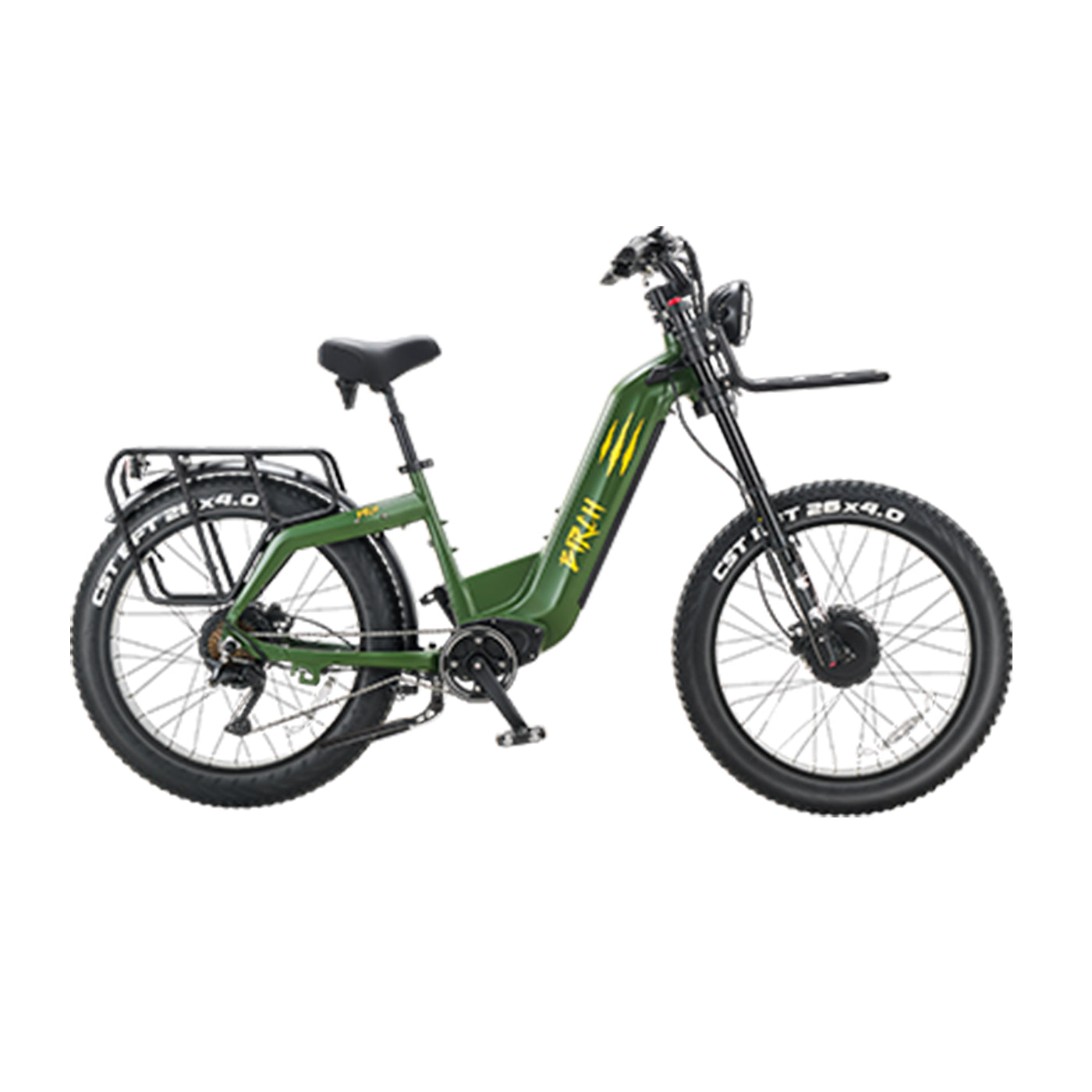
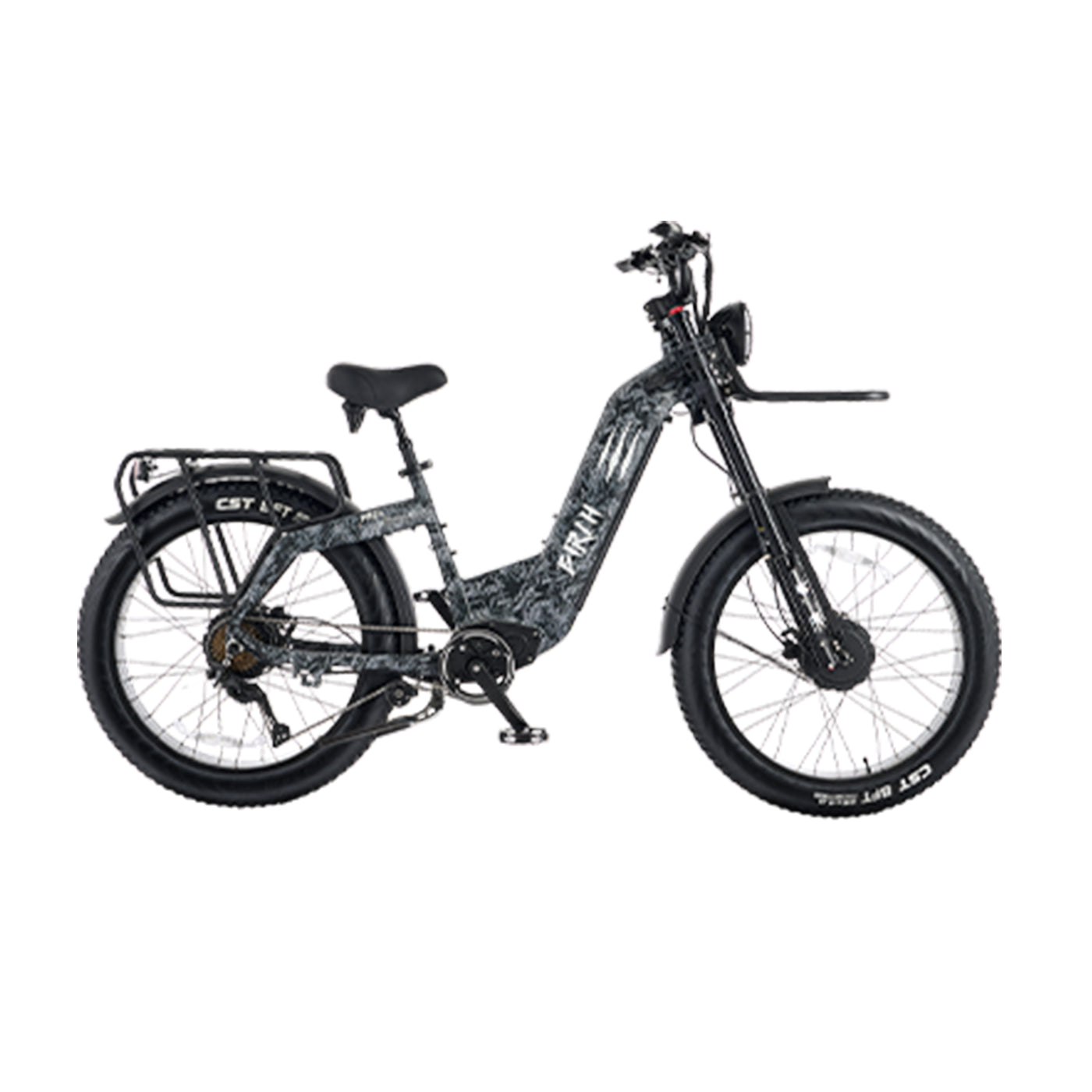
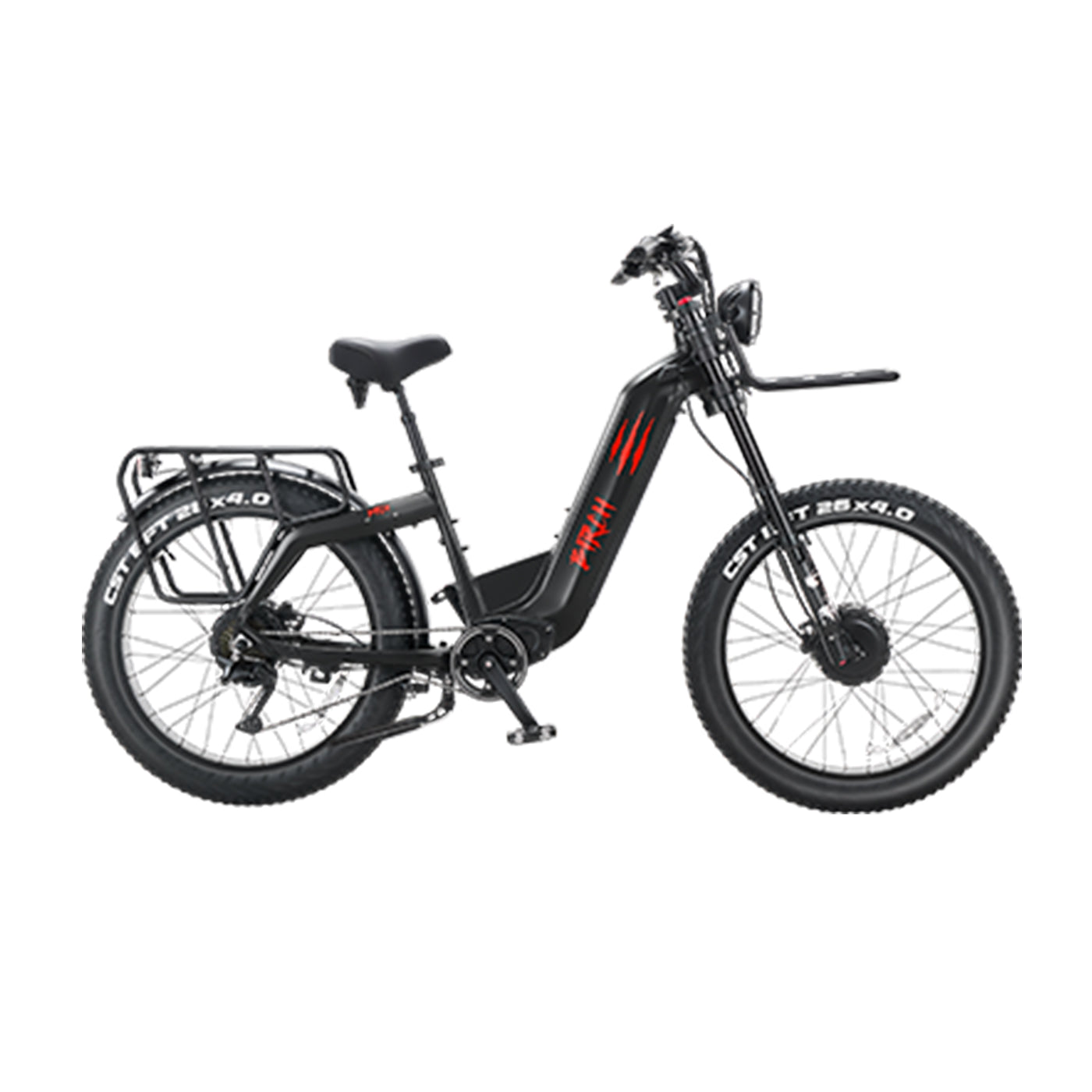
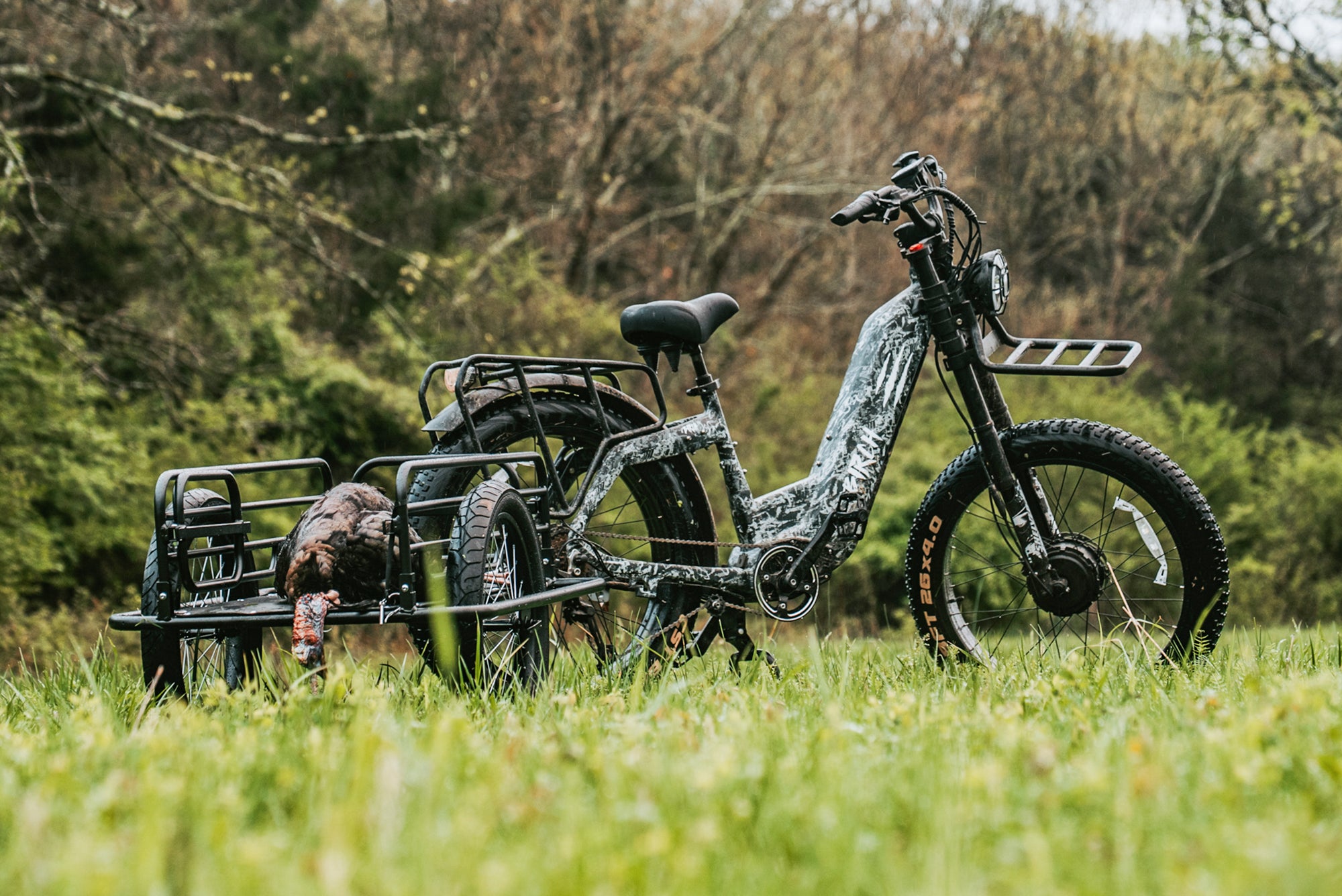
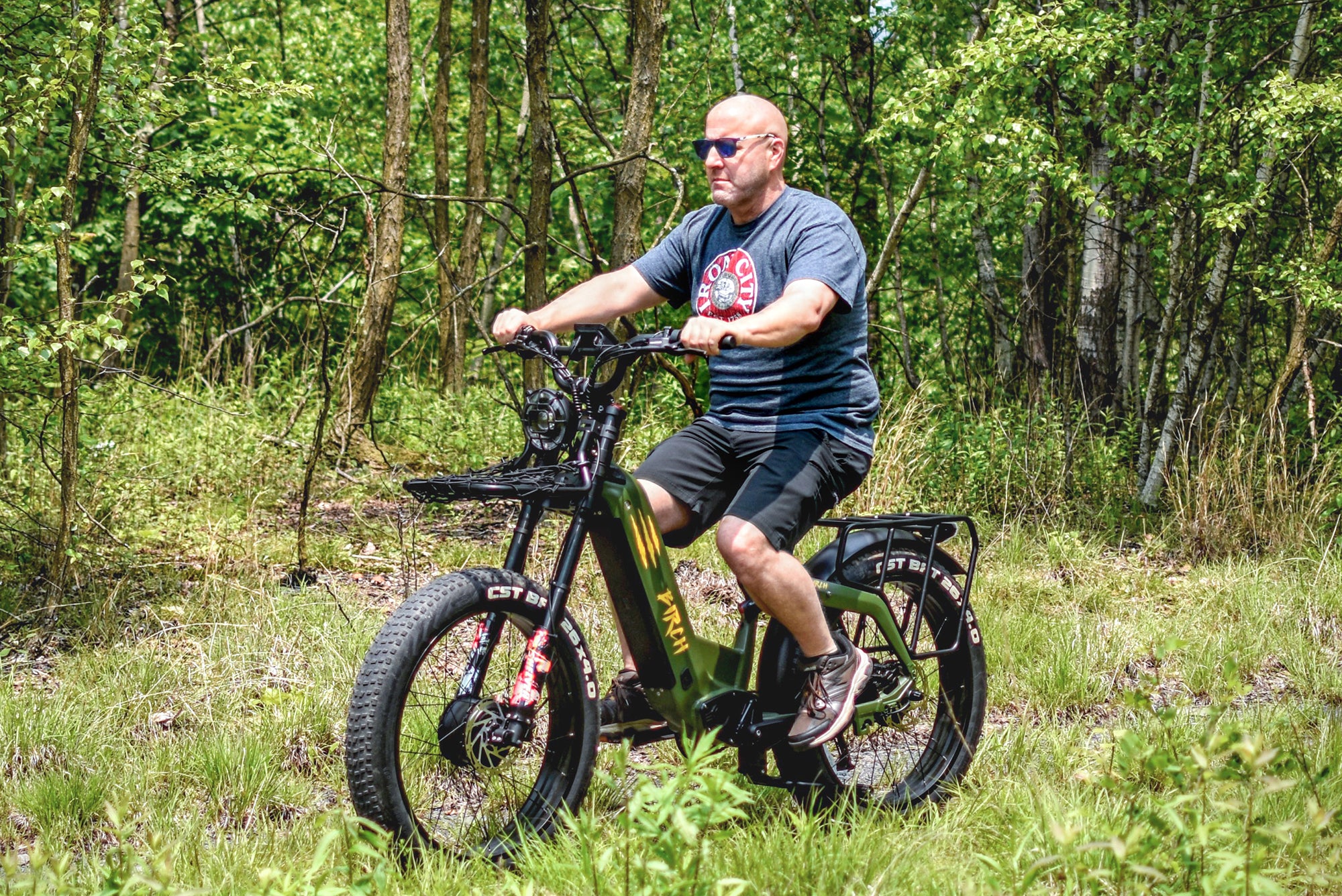
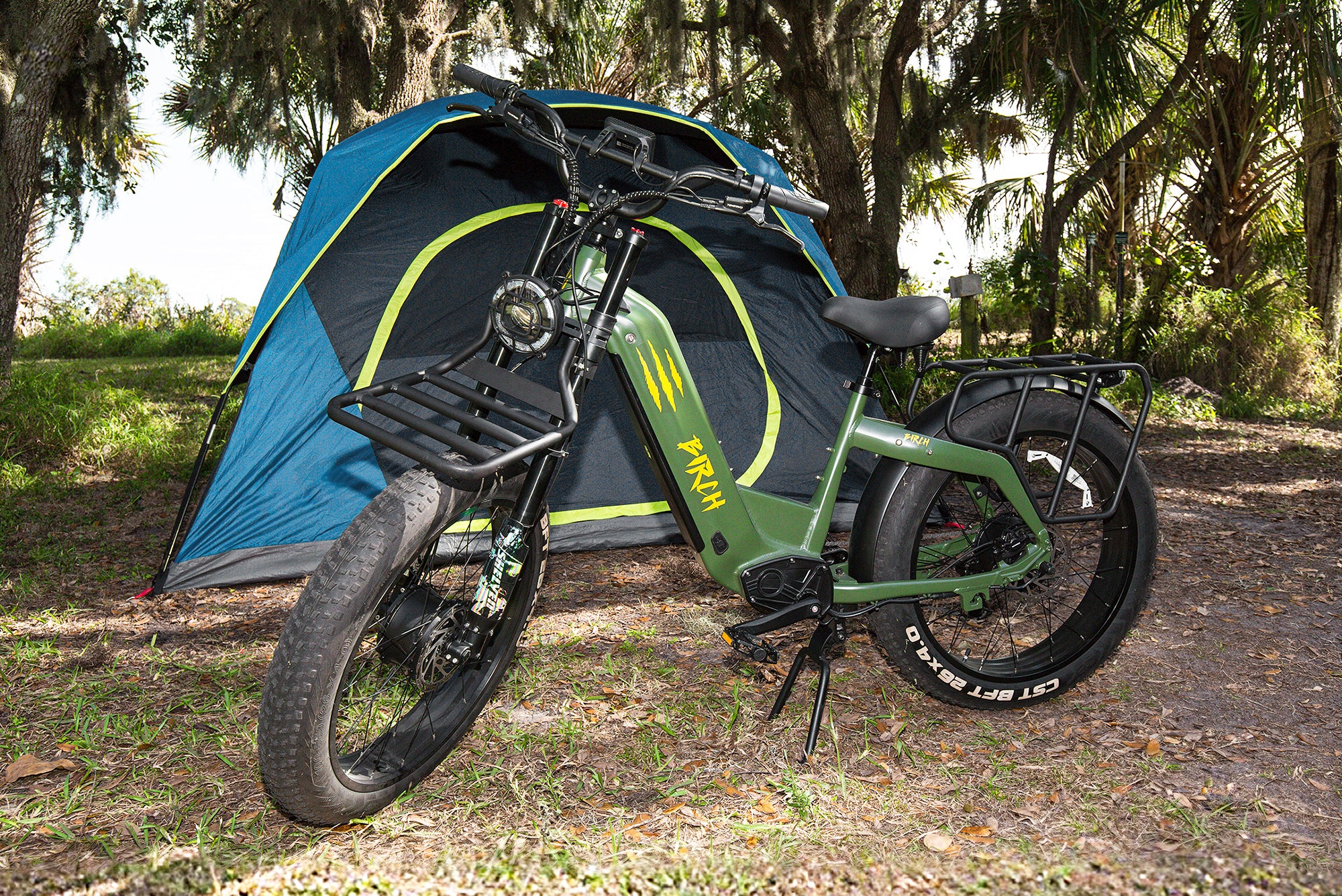
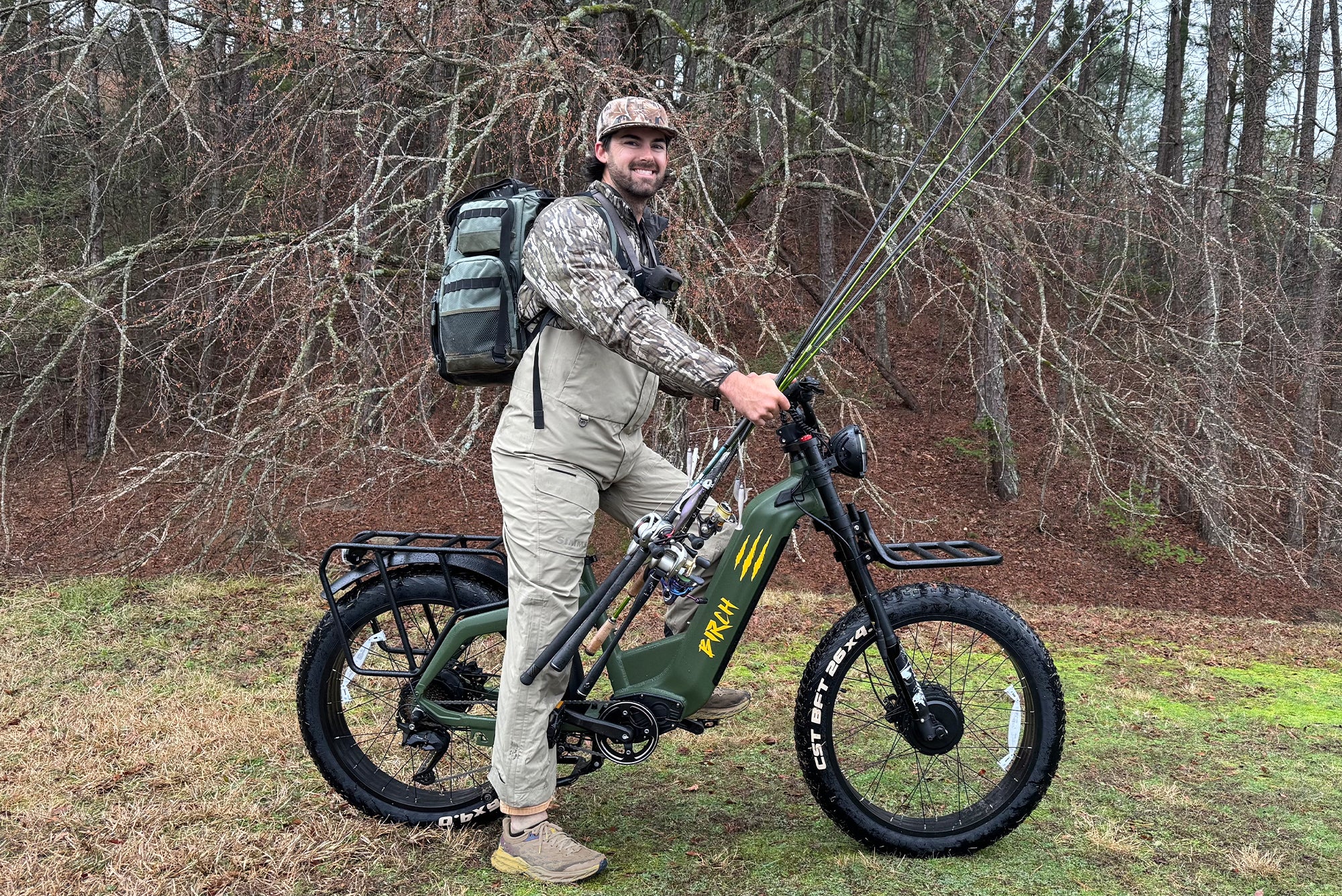
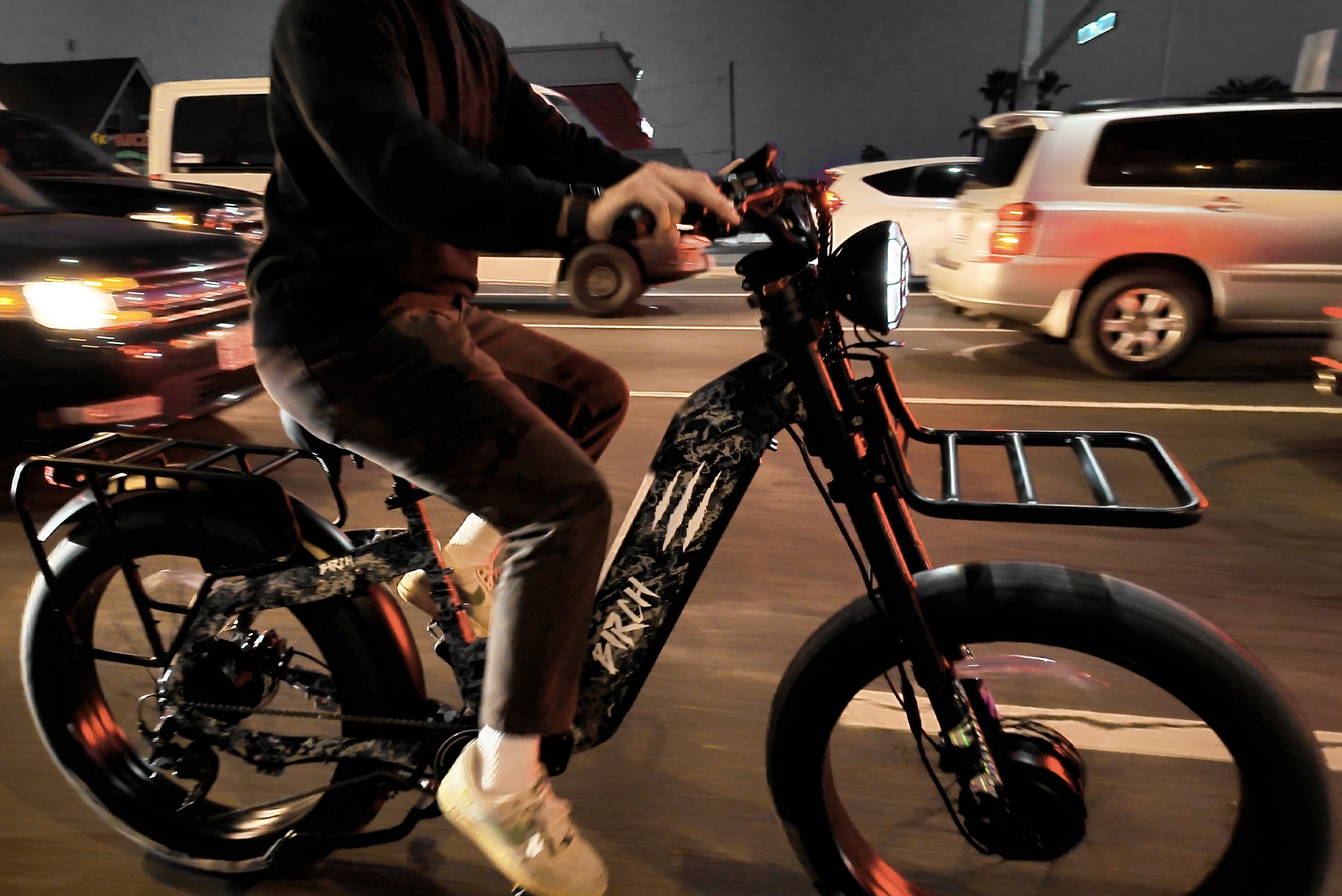
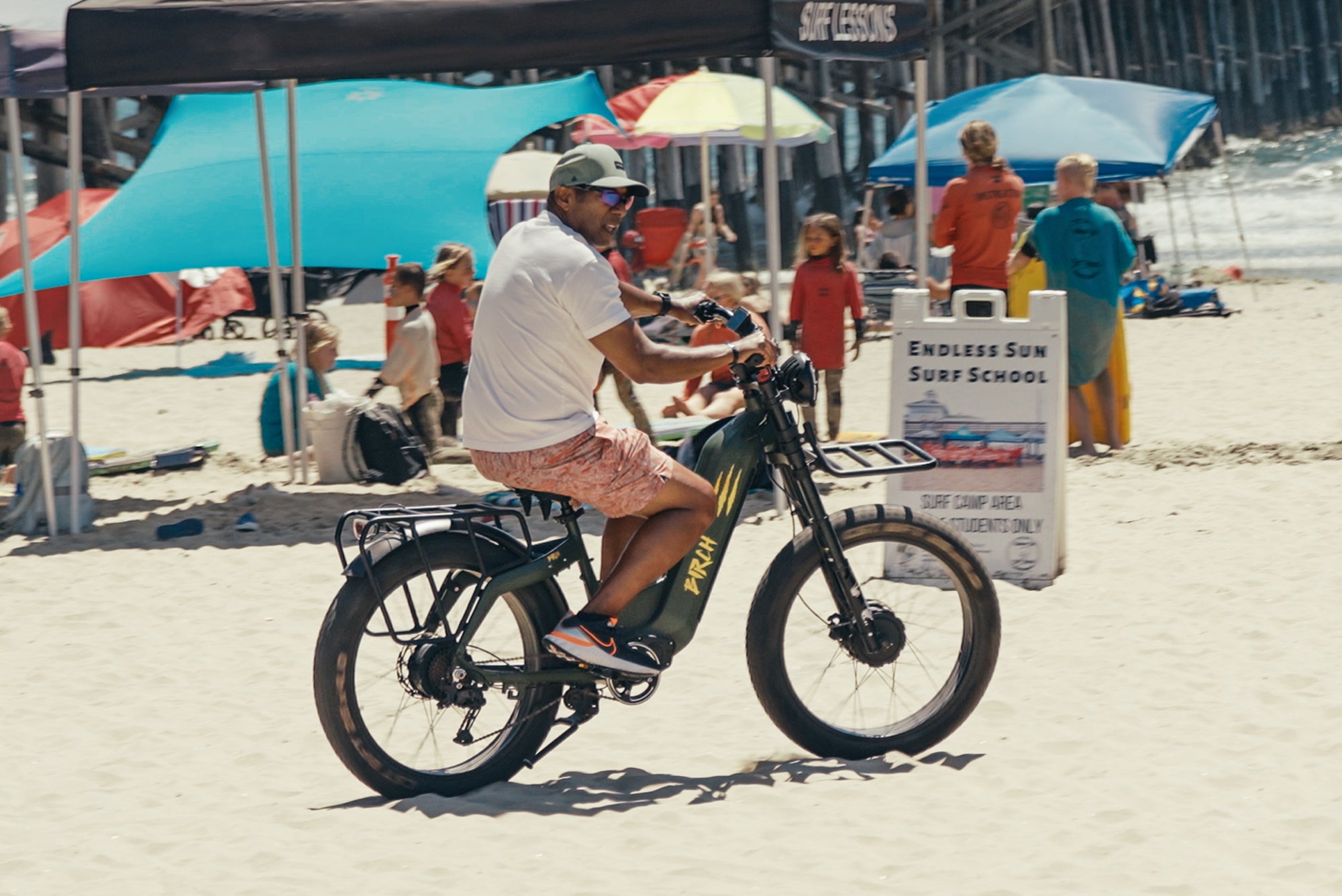
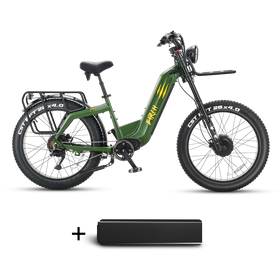
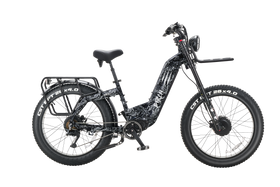



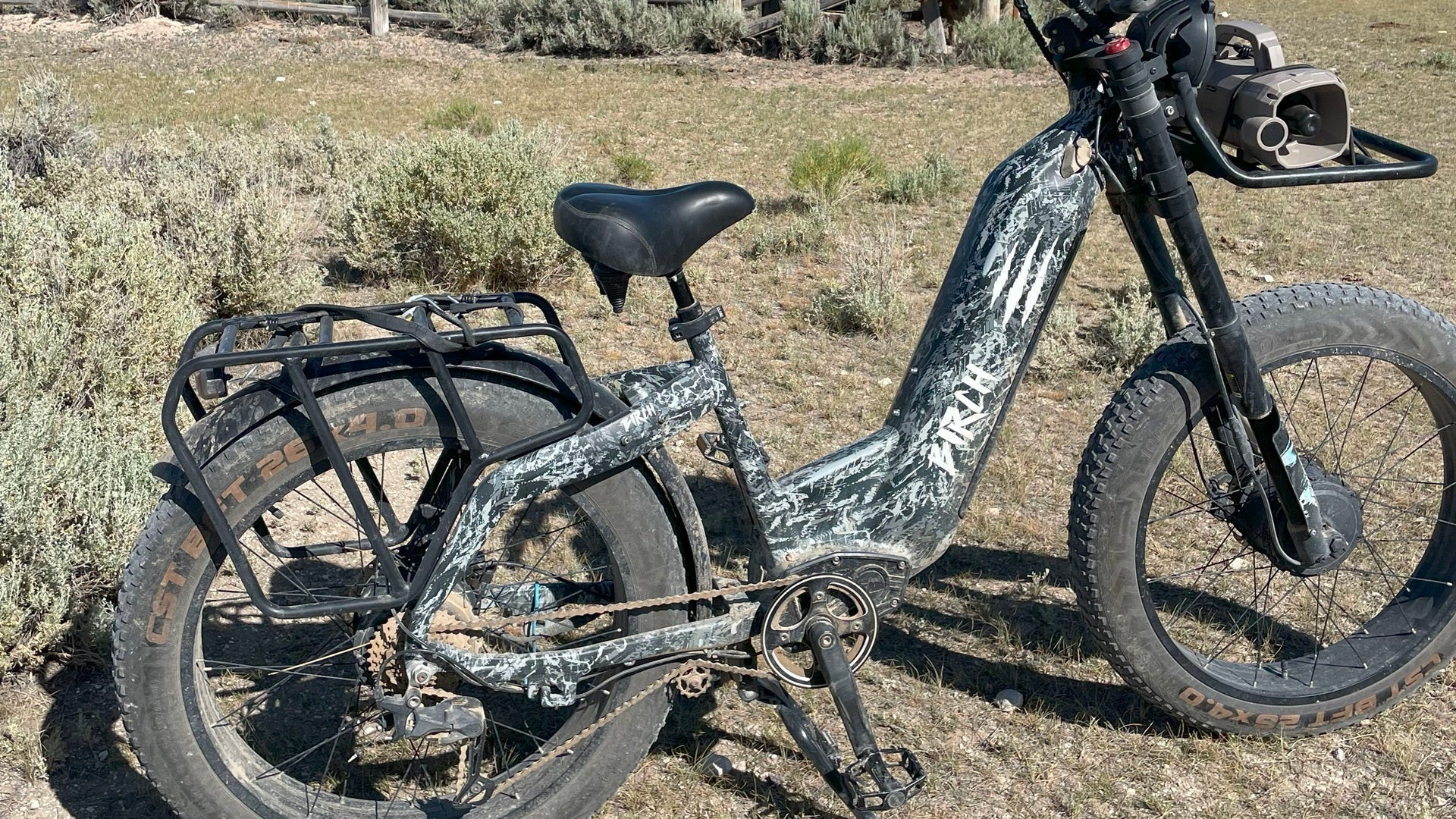

Leave a comment
All comments are moderated before being published.
This site is protected by hCaptcha and the hCaptcha Privacy Policy and Terms of Service apply.